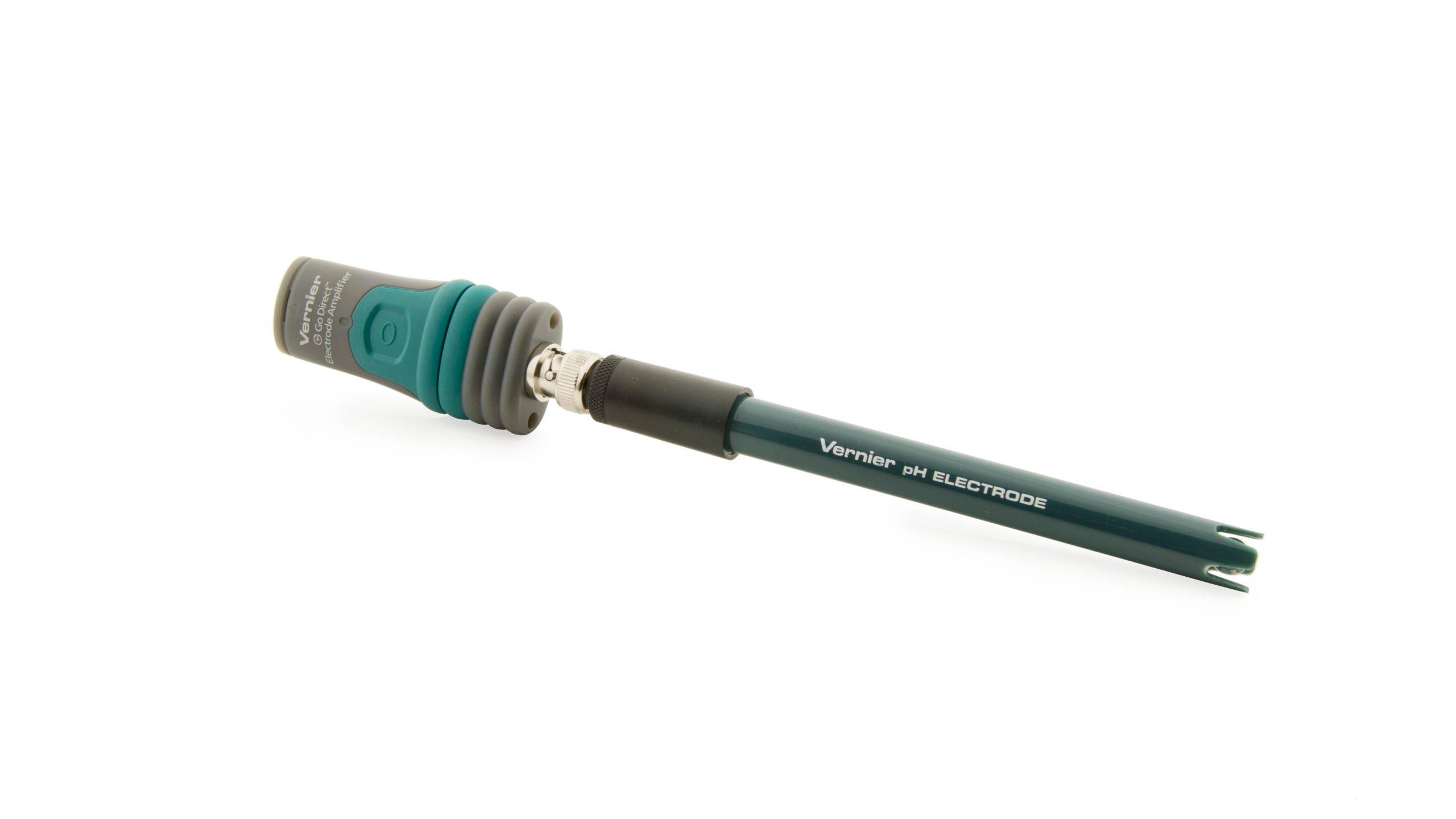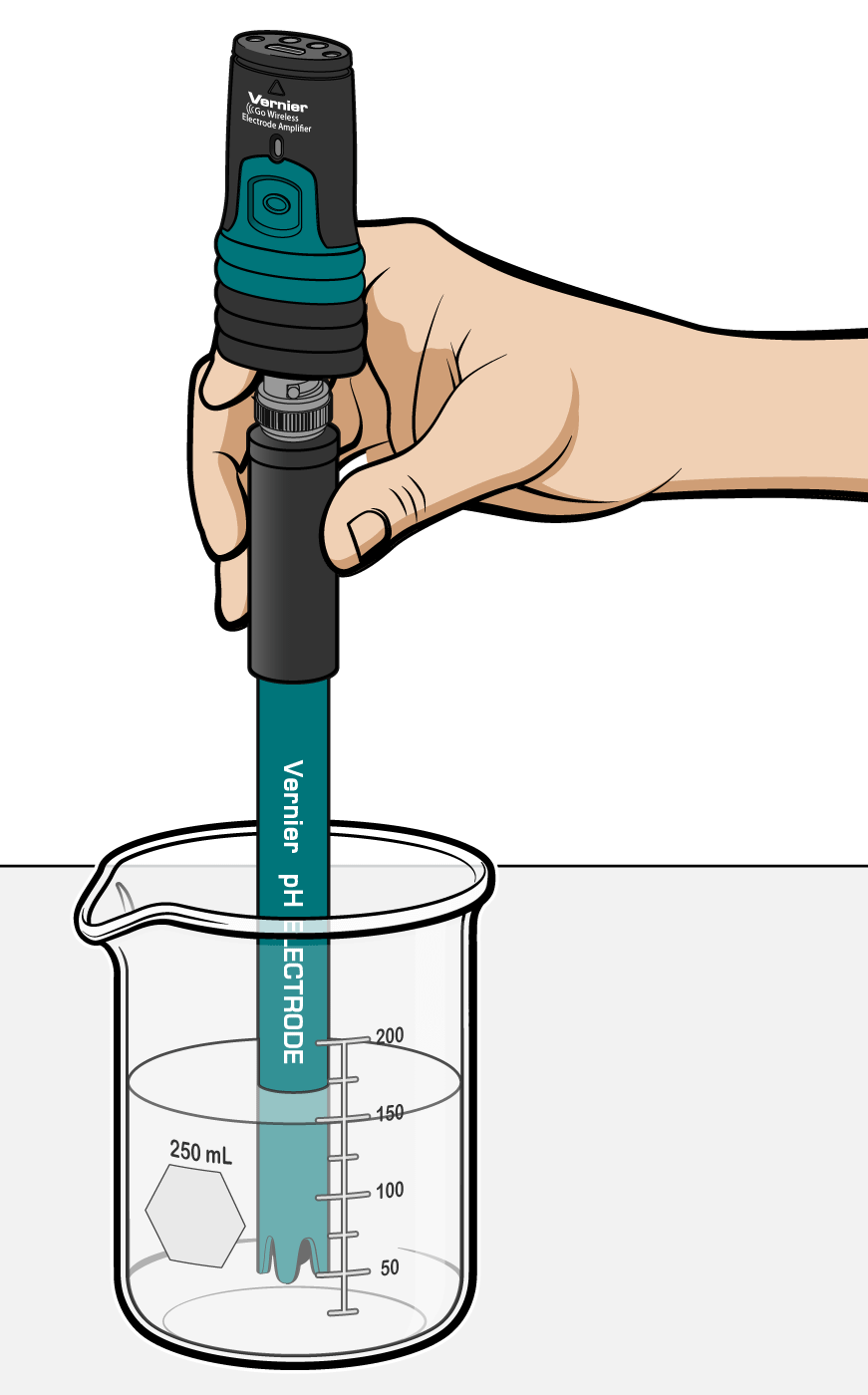
Introduction
Water contains both hydrogen ions, H+, and hydroxide ions, OH–. The relative concentrations of these two ions determine the pH value. The pH value is calculated as the negative log of the hydrogen ion concentration: pH = –log [H+]. Water with a pH of 7 has equal concentrations of these two ions and is considered to be a neutral solution. If a solution is acidic, the concentration of H+ ions exceeds that of the OH– ions. In a basic solution, the concentration of OH– ions exceeds that of the H+ ions. On a pH scale of 0 to 14, a value of 0 is the most acidic, and 14 the most basic. A change from pH 7 to pH 8 in a lake or stream represents a ten-fold increase in the OH– ion concentration.
Rainfall generally has a pH value between 5 and 6.5. It is acidic because of dissolved carbon dioxide and air pollutants, such as sulfur dioxide or nitrogen oxides. If the rainwater flows over soil containing hard-water minerals, its pH usually increases. Bicarbonate ions, HCO3–, resulting from limestone deposits, react with the water to produce OH– ions, according to the equation:
As a result, streams and lakes are often basic, with pH values between 7 and 8, sometimes as high as 8.5.
The measure of the pH of a body of water is very important as an indication of water quality, because of the sensitivity of aquatic organisms to the pH of their environment. Small changes in pH can endanger many kinds of plants and animals; for example, trout and various kinds of nymphs can only survive in waters between pH 7 and pH 9. If the pH of the waters in which they live is outside of that range, they may not survive or be able to reproduce.
Changes in pH can also be caused by algal blooms (more basic), industrial processes resulting in a release of bases or acids (raising or lowering pH), or the oxidation of sulfide-containing sediments (more acidic).
To gain a full understanding of the relationship between pH and water quality, you need to make measurements of the pH of a stream, as described in this test, and also determine the stream’s alkalinity. Alkalinity is a measurement of the capacity or ability of the body of water to neutralize acids in the water. Acidic rainfall may have very little effect on the pH of a stream or lake if the region is rich in minerals that result in high alkalinity values. Higher concentrations of carbonate, bicarbonate, and hydroxide ions from limestone can provide a natural buffering capacity, capable of neutralizing many of the H+ ions from the acid. Other regions may have low concentrations of alkalinity ions to reduce the effects of acids in the rainfall. In the Northeastern United States and Eastern Canada, fish populations in some lakes have been significantly lowered due to the acidity of the water caused by acidic rainfall. If the water is very acidic, heavy metals may be released into the water and can accumulate on the gills of fish or cause deformities that reduce the likelihood of survival. In some cases, older fish will continue to live, but will be unable to reproduce because of the sensitivity of the reproductive portion of the growth cycle.
Objectives
In this experiment, you will use a pH sensor to measure the pH of a body of water.
Sensors and Equipment
This experiment features the following sensors and equipment. Additional equipment may be required.
Ready to Experiment?
Ask an Expert
Get answers to your questions about how to teach this experiment with our support team.
- Call toll-free: 888-837-6437
- Chat with Us
- Email support@vernier.com
Purchase the Lab Book
This experiment is #11 of Earth Science with Vernier. The experiment in the book includes student instructions as well as instructor information for set up, helpful hints, and sample graphs and data.



